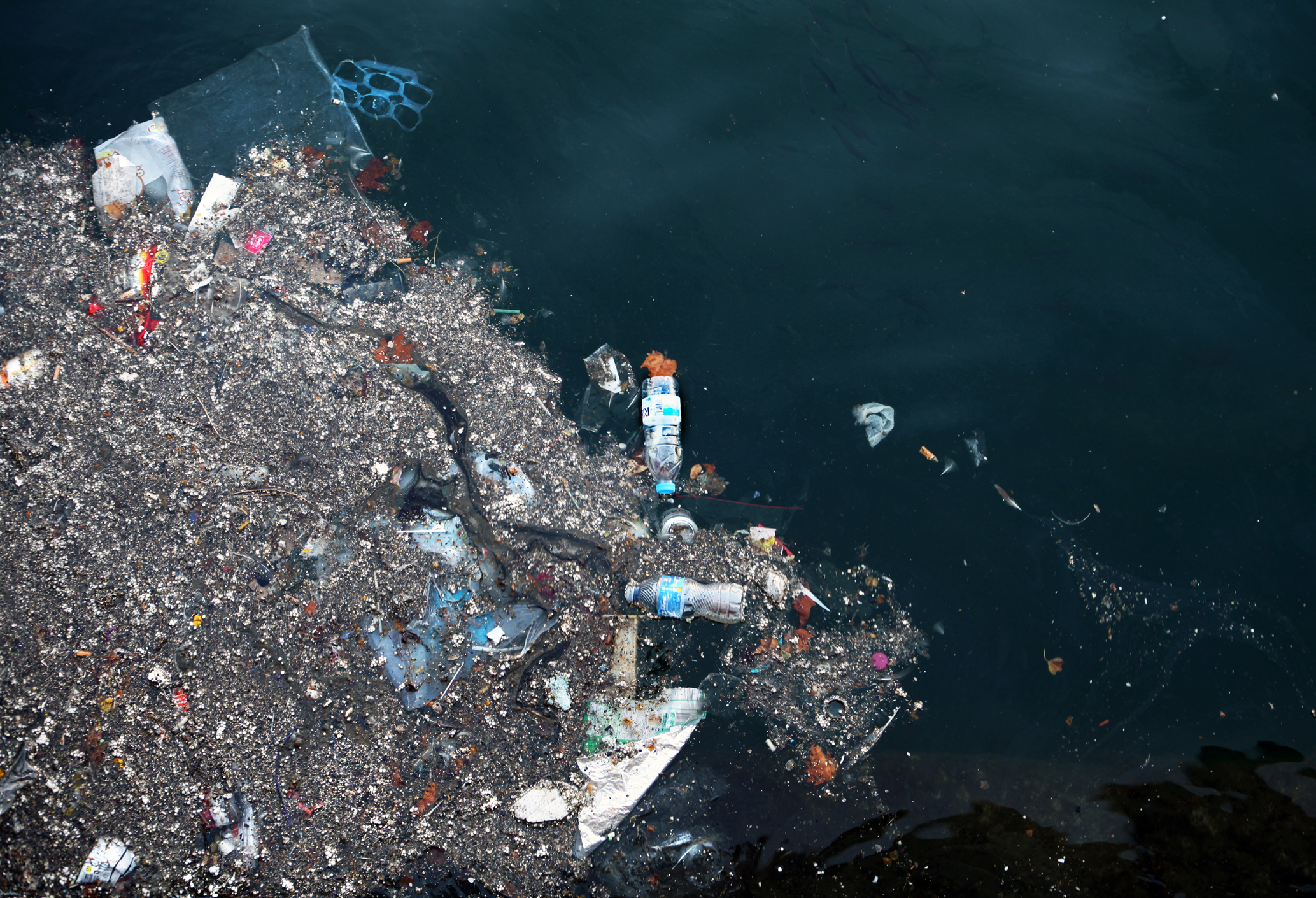Barcelona: a hotspot for marine litter and microplastics
Microplastics were detected in 46% of the fish samples analyzed, with higher abundance and occurrence off the most anthropized area near Barcelona according to a 2019 article by Odei Garcia-Garin et al. The majority of ingested microplastics were blue fragments ranging from 0.1 to 0.5 mm, mainly composed of polypropylene. The study suggests that the area off Barcelona could be a concentration hotspot for microplastics, reinforcing the use of bogues as bioindicators for assessing microplastic pollution.
Distribution and composition of marine litter
Marine litter consists of manufactured or processed solid materials that have been abandoned, dumped or lost in the marine or coastal environment. It is found in all the world's oceans, but the highest densities are found near the main ocean gyres or in semi-enclosed seas such as the Mediterranean. Marine litter is distributed in different compartments, from the shoreline to the water column and sediments, and is mostly made up of plastic.
It is estimated that there are trillions of particles of garbage floating in the seas and oceans around the world, and millions of tons of plastic are added annually. The Mediterranean is one of the most polluted seas and high densities of garbage have been detected, including marine macro-waste.
Impact on marine fauna
Marine litter affects wildlife in several ways. The ingestion of garbage can weaken animals and damage their digestive systems, even causing death. Trash entanglement is also a problem, limiting movement and causing injuries. The additives and contaminants attached to the garbage can affect the health of marine fauna, altering their biological processes. Furthermore, litter can transform and degrade habitats, affecting marine life and biodiversity.
Constant and global monitoring of marine litter is essential to understand its distribution, composition and abundance. This would make it possible to implement effective measures to mitigate their impacts on marine fauna and protect marine ecosystems.
In this scientific study, researchers investigated microplastic pollution in the Mediterranean Sea, focusing on the gastrointestinal tracts of 102 bogues (Boops boops) collected from three areas off the Catalan coast in Spain. The areas had varying degrees of industrialization and urbanization. The researchers aimed to estimate local levels of microplastic contamination and to validate the use of bogues as bioindicators for this type of contamination.
Microplastics and Catalan fauna
Microplastics are small plastic particles less than 5mm in size, which are a growing concern for marine environments around the world. They can pose a threat to marine species at various trophic levels, including zooplankton, worms, shellfish, fish, seabirds, sharks, and cetaceans. While the translocation of microplastics to other tissues has been observed under laboratory conditions, the adverse effects in wild organisms are still poorly understood.
Microplastics are chemically inert, but organic compounds used as plasticizers in plastics can have adverse effects on some marine species, including endocrine and reproductive disorders. Additionally, persistent organic pollutants can adsorb and accumulate on microplastics, increasing their toxic potential.
The study highlights the importance of using bioindicator species such as bogas to monitor microplastic pollution in marine environments. By understanding the levels of microplastics in different areas, specific measures can be planned to reduce potential risks associated with marine litter.
